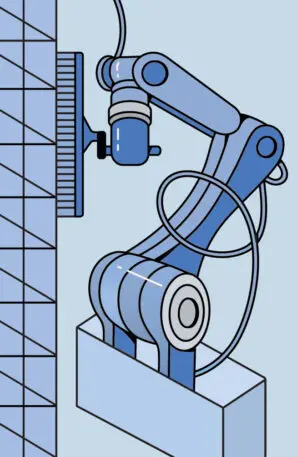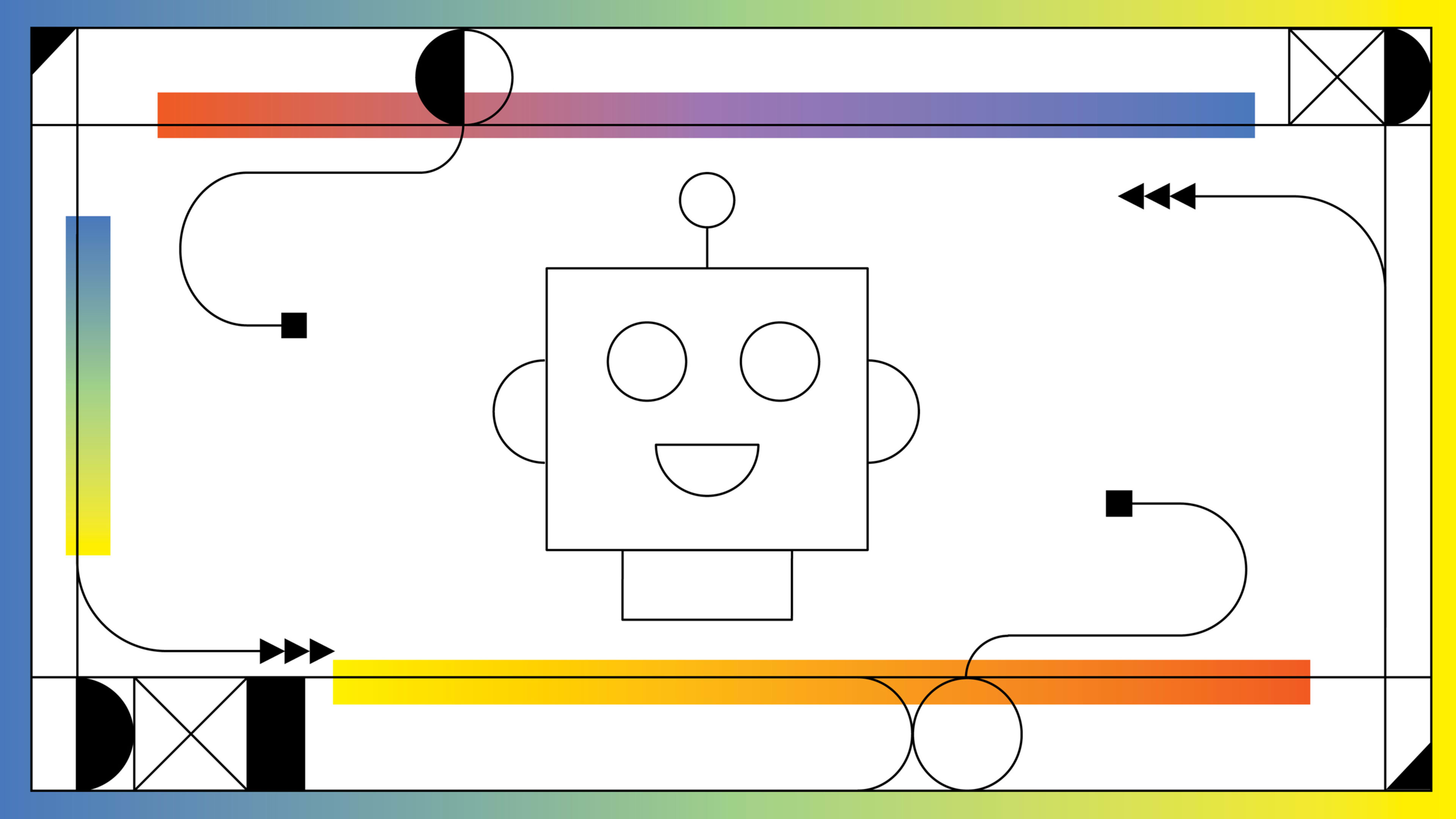As automation advances, a startup can’t expect to stand out just for having yet another robot boot up. But if that robot comes optimized for use cases that other firms have yet to tackle—especially those that are especially inefficient or hazardous for humans—then it’s earned some extra attention. Among the examples that caught ours: washing office-building windows and finishing drywall at large venues.
Canvas
For bringing robotic efficiency to drywall finishing
This San Francisco startup aims to automate a construction chore notable for the time involved and the dust generated: finishing drywall. Canvas‘s robots automatically spray and sand finishing compound over the joints in drywall, using a vacuum to capture what the company says is “99.9% of the particulate generated by sanding.” It’s already won the unlikely endorsement of a chapter of the International Union of Painters and Allied Trades and has helped build such high-profile Bay Area projects as San Francisco International Airport’s new Harvey Milk Terminal 1.
Gatik
For focusing AV ambitions on the most productive part of the journey
Far too many autonomous-vehicle startups have run off the metaphorical road by trying to ship self-driving vehicles that are ready for every possible highway, avenue, street, and lane. Gatik, however, limits its AV operation to a defined set of roads with fixed end points, and it further simplifies its problem set by focusing on the middle-mile logistical needs of large retailers. Gatik has offices in Toronto and Mountain View, California, and has already signed delivery deals for such name-brand firms as Walmart and Kroger.
Simbe
For making robotic restocking in big-box retail viable
Simbe‘s Tally robot has no arms, only eyes. But its dozen-plus cameras, combined with RFID antennas to read store tags, suit it for the specialized task of inventory management in retail settings—a job that human employees tend to do inefficiently, and which can offer outsize rewards to retailers that gain a better grasp of what’s selling and what’s lingering on shelves. In March, BJ’s Wholesale Clubs announced that it would bring South San Francisco Simbe’s Tally to all 237 of its locations by the end of the year.

Skyline Robotics
For letting human cleaners stay on the inside of skyscrapers
Cleaning the windows of high-rises is among the most obvious examples of the dirty, dull, and dangerous work that robots should take over from humans when possible. Skyline says its lidar-guided Ozmo robot can do that work three times faster than humans, allowing for a 75% cost savings. Based in New York and Yakum, Israel, Skyline’s robots are already cleaning high-rise windows in Manhattan; in October, the company won an investment of an unannounced size from the venture branch of the Durst Organization, the owner of some of NYC’s more recognized skyscrapers.
The companies behind these technologies are among the honorees in Fast Company’s Next Big Things in Tech awards for 2023. See a full list of all the winners across all categories and read more about the methodology behind the selection process.
Recognize your brand’s excellence by applying to this year’s Brands That Matter Awards before the final deadline, June 7.
Sign up for Brands That Matter notifications here.
